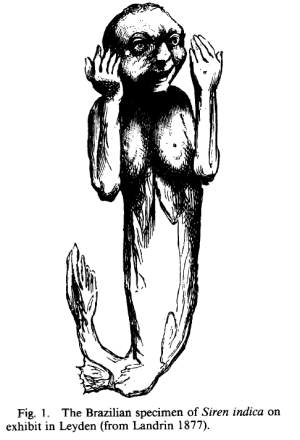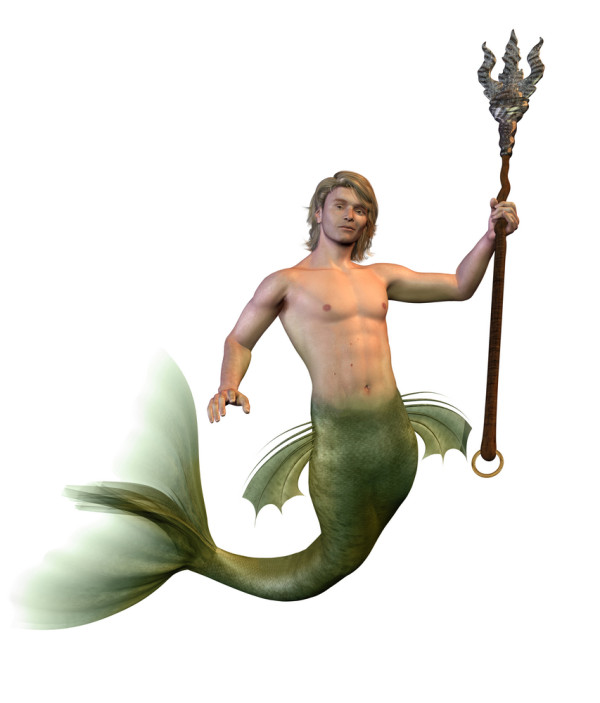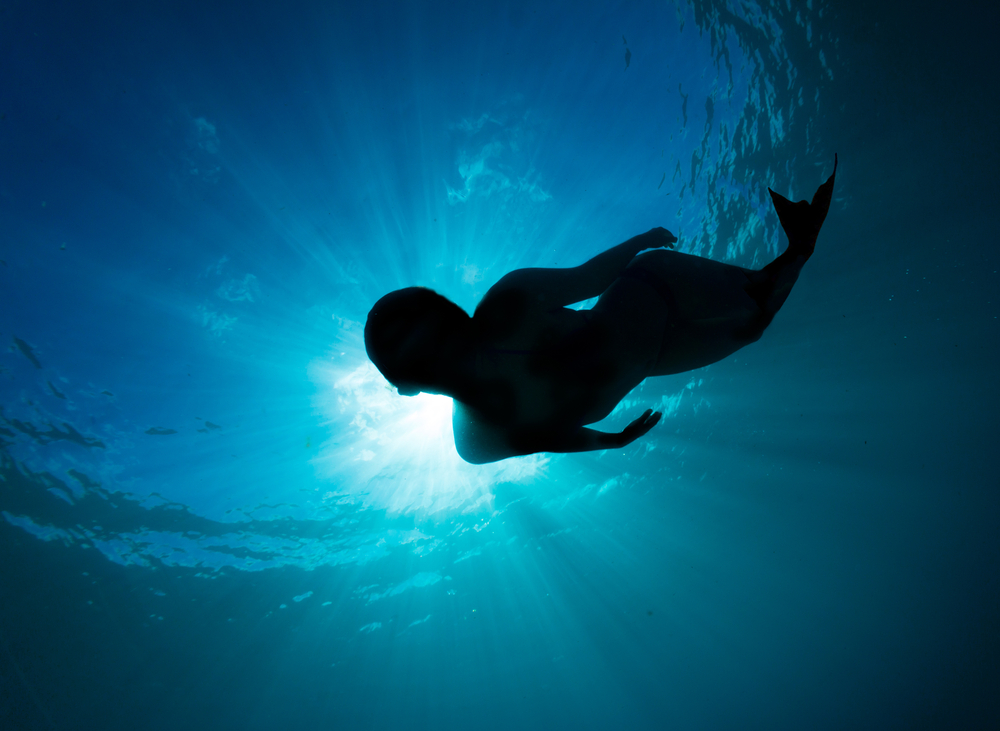It is hard to know where to start in describing Karl Banse, professor emeritus at the University of Washington. He is one of the world’s leading biological oceanography. His work, and I do not use this word lightly, is seminal. In 1998, the American Society for Limnology and Oceanography awarded him the A.C. Redfield Lifetime Achievement Award “For his prolific, diverse, and seminal papers on key oceanographic issues, rigorous application of the scientific method, high intellectual standards, and excellence in teaching.” Diverse is accurate for someone who studied everything from upwelling off the Indian coast, polychaete worms from the Northeast Pacific, phytoplankton dynamics of the Northern Arabian Sea, using satellites to detect phytoplankton concentrations in the oceans, the role of zooplankton in consuming phytoplankton and controlling ocean dynamics (top-down dynamcis), the transport of carbon into the deep oceans, and much more. Banse discusses his own career in a beautifully written paper (and what I can tell open access) for Annual Review in Marine Science and his this great online interview.

Perhaps his most overlooked work however is on mermaids. In 1990 the journal Limnology and Oceanography published Bane’s paper “Mermaids – their biology, culture, and demise” (freely accessible here). The paper is an abbreviated version of a talk Banse delivered in 1989 at a symposium held in honor of his 60th birthday. Rumors in the oceanographic back circles is that lecture and subsequent publication were met with, ahem, raised eyebrows. After all, the discussion of the science of a fictitious creature is not proper for either a serious scientific conference or publication.
The impetus of the publication?
It is critical but also daring, setting out from an anatomical observation about mermaids that Linnaeus (1758) cited but was afraid to pursue, thereby being buried under the progress of science. My hypothesis is that mermaids should be taken seriously. Regrettably, I have to look for facts for supporting the hypothesis rather than resort to evidence for falsifying it-but at least at the end of this note I will make a suggestion for follow-up work that requires methodology more in tune with present near-dogma for the conduct of scientific inquiry derived from the discourses of Popper (1976).

Banse starts by talking Linnaeus’s construction of the taxnomic name Siren to describe a specimen from Brazil and held at the museum of Leyden. “Linnaeus regarded the creature as “paradoxical” and incertae sedis “because of its large ears and a neck which is rare in marine mammals,” not realizing that sea lions do possess external ears.” Banse suggest there are three separate mermaid species, Sirena sirena from the Mediterranean, Sirena indica from the Caribbean, and Sirena erythraea from the Red, Arabian, and Indonesian seas.
Banse argues that mermaids are unlikely to possess scales on their lower halves blaming such foolishness on artists who have never seen an actual specimen. Banse admonishes artist later in his essay as well, “Clearly, too much imagination and insufficient critical attitude were applied by the artists to the subject.” Instead these scales were more likely “horny skinfolds” such as those in armadillos. In addition, the lack of blubber under these horny skinfolds on mermaids must mean they are confined to warm waters. This confinement to warm waters may mean colder waters such as those in an upwelling zone may restrict the coastal movements of mermaids thereby giving rise to the three distinct species (and possible more!).
What did mermaids feed on? The flesh of man.
Regarding mermaid behavior, a recurrent theme is the habit of the females to haul out on beaches (usually in pairs) allegedly to lure, then seduce sailors; their voices were repeatedly recorded as being “irresistible”. Perhaps they lured- but the stark fact was that they then drowned the men and devoured their flesh. Similarly, when ships broke up in gales, the females pulled sailors down into their abodes for further disposition.

Banse suggest that the aquatic lifestyle of mermaids ruled out technological advancement. The lack of underwater fire meant no pottery or metallurgy and the absence of plants suitable for fibers ruled out ropes, clothing, and baskets. He equated the mermaid culture to an early human Stone Age culture. However,
the physical want did not preclude a relatively advanced socio-political structure. Therefore, [mermaids] must not be thought of as mere hunters and gatherers but as farmers cultivating shellfish and sea grasses, with the organizational and political stability needed for allocating plots and enforcing the assignments.
So what led to the presumed demise of mermaids? What would account for all the historical sightings of mermaids but none in modern times? Why only an extinction event tied to modern fishing by humans. “Although decades have thus been wasted, the hypothesis about the cause of the mermaids’ demise can still be tested.”
In all seriousness why would a serious scientist publish a paper about mermaids and another scientist discuss it on a serious semi-serious respectable marine science blog. I love this paper simply because demonstrates the nerdy playfulness of scientists. In my career, I have seen both scientists and the public criticize scientists for having “fun”. I for one went into science to have fun and if my Ph.D. gives me the skills to calculate the urine production of a Godzilla then I will wear that nerd badge with glee.
More importantly Banse’s mermaid article and my posts on Kaiju and Godzilla show how the scientific process can work. In the absence of information, we can begin from deduction from logic, facts, and scant observations, to erect some hypotheses. Of course in this case let’s ignore the fact that all of this tells us that mermaids do not exist. I don’t know how many Godzillas would actually occur on earth, but I do know how what the territory size is for a single lizard and how that scales with body size. If I know Godzilla’s size and can make a prediction. This building up of science from first principles has been one of the more fascinating aspects biology and what I dedicated my first postdoctoral appointment too. No not research on movie monsters but how a variety of things scale with the size of animal. Predicting movie monster urine production is just a side benefit.







Nice!